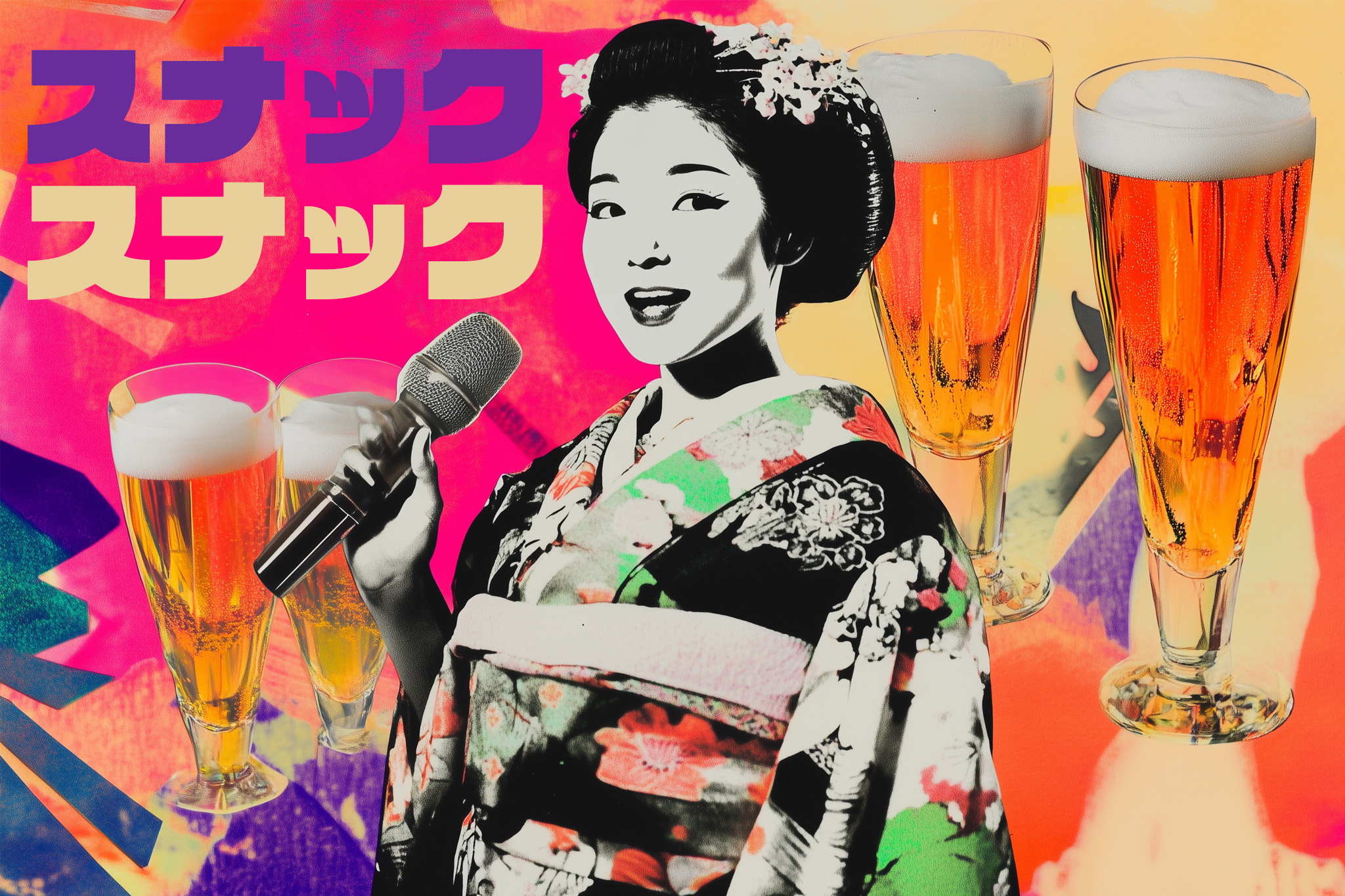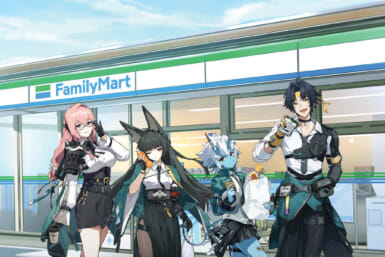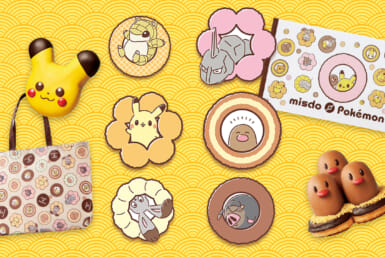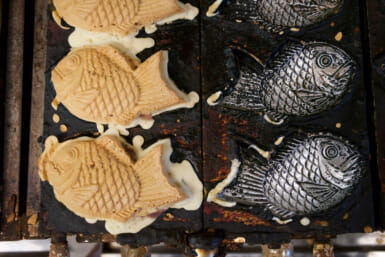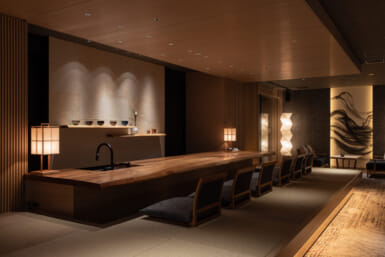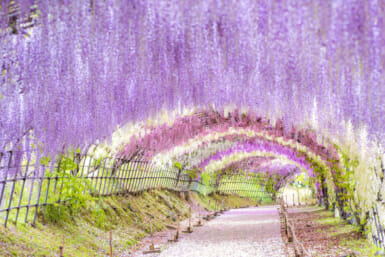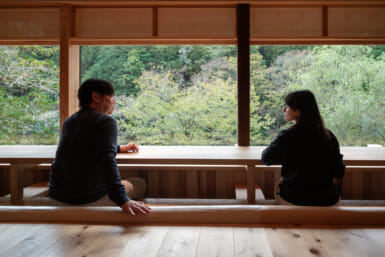As you navigate the alleyways of Tokyo at night, you might come across an unassuming, slightly worn establishment marked by a half-lit neon sign reading “snack.” They call it a snack bar, but the name hardly does it justice. Here, the atmosphere is casual, almost like a family gathering. Patrons crowd around the counter, exchanging drinks and laughter, while the Mama-san — the matriarch of the bar — steers the evening with her warmth and charm.
With each sip of shochu and shared anecdote, you become part of this eclectic family. This guide explores the charm of snack bars, their rich history and how to navigate this essential slice of Tokyo nightlife.
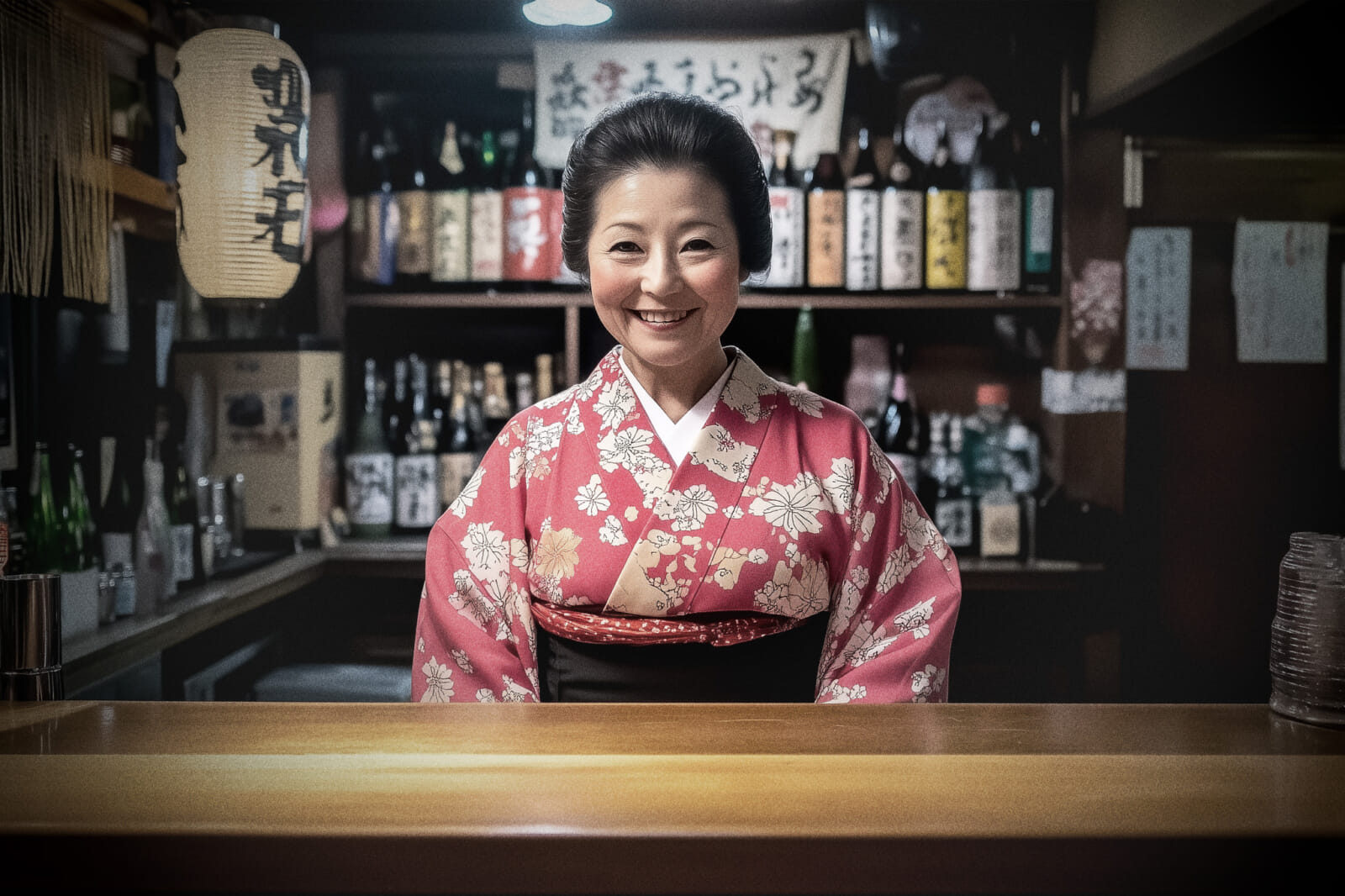
What Are Snack Bars?
Snack bars, or sunakku, as they are known in Japanese, have been a staple of Japanese nightlife since the post-war era. These intimate, often dimly lit venues are a hybrid between a café and a bar, where patrons can enjoy drinks, light snacks and the company of a hostess. Unlike the more formal and expensive cabaret clubs, snack bars are laid-back, informal spots where regulars gather to unwind after a long day.
The true allure of a snack bar isn’t in its drink menu but in the personal interactions it fosters. Here, customers are encouraged to engage in conversation, sing karaoke and relax in a welcoming, often nostalgic atmosphere.
At the heart of every snack bar is the Mama-san, the female owner who runs the establishment. She’s more than just a bartender: she’s a hostess, confidante and sometimes even a therapist. The Mama-san sets the tone for the bar, managing everything from drink orders to the flow of conversations. In some bars, she might join in the karaoke or offer advice to those that need it.
The clientele at snack bars tends to be older, with many regulars returning week after week to chat with the Mama-san or enjoy a drink with friends. However, younger visitors are also welcome, and if you’re looking to experience authentic Japanese nightlife, a snack bar is the perfect place to start.

A History of Snack Bars
Snack bars trace their origins to the 1960s, when Tokyo was gearing up for the 1964 Olympics. In a bid to clean up the city’s nightlife, the government tightened regulations on late-night establishments serving alcohol. Stand bars, which primarily served drinks, faced potential shutdowns. To survive, they adapted by adding light meals — “snacks” — to their menus, allowing them to reclassify as dining establishments. This clever pivot not only saved them but also led to a new icon of Japanese nightlife: the snack bar.
As Japan’s economy boomed during the Showa era, snack bars thrived. They offered a laid-back, intimate atmosphere, but more importantly, they created entrepreneurial opportunities for women. In a society dominated by male-run businesses, snack bars became a rare space where women could step into leadership roles. This shift not only transformed these venues into social hubs but also played a part in advancing women’s roles in the workforce.
The evolution didn’t stop there. In the early 1970s, karaoke began to shape the identity of snack bars. Long before karaoke boxes became mainstream, these bars were among the first to introduce this form of entertainment. Patrons would gather and take turns to sing in a communal, convivial setting. Karaoke quickly became a defining feature of snack bars, setting them apart from other drinking spots and solidifying their place in Japan’s cultural landscape.
What to Expect
Walking into a snack bar can feel like stepping into someone’s living room. The space is usually tight — a handful of stools at the counter, maybe a couple of tables tucked in the corners. The atmosphere is casual and friendly, and newcomers are usually greeted warmly. The Mama-san or one of her staff will likely strike up a conversation, offering you a drink while engaging in lighthearted banter. Regulars might chime in, and before you know it, you’re part of the group.
How to Behave at a Snack Bar
Visiting a snack bar is a bit different from dropping by a regular bar or pub, so here are a few tips to ensure you have a smooth and enjoyable experience:
- Respect the Mama: The Mama-san is the heart and soul of the snack bar. Show her respect, engage in conversation, and follow her lead. She sets the tone for the evening. Building a good rapport with her can enhance your experience.
- Be ready to socialize: Snack bars are social spaces where conversation flows freely. Whether you’re chatting with the staff, other patrons, or the Mama-san herself, being open and friendly goes a long way.
- Participate in karaoke: Even if singing isn’t your strong suit, give it a try. Karaoke is about fun, not perfection. It’s a great way to break the ice.
- Understand the pricing: Prices at snack bars can vary. It’s common to be charged a “bottle keep” fee if you choose to store your own bottle of liquor at the bar for future visits. Drinks may be more expensive than at a standard bar, but the cost includes the experience and the service. It’s always a good idea to ask about pricing upfront if you’re unsure.
- Tip generously: While tipping isn’t as common in Japan as it is in other countries, it’s appreciated in snack bars, especially if you’ve had a good time. Consider leaving a little extra as a thank you for the service and hospitality.
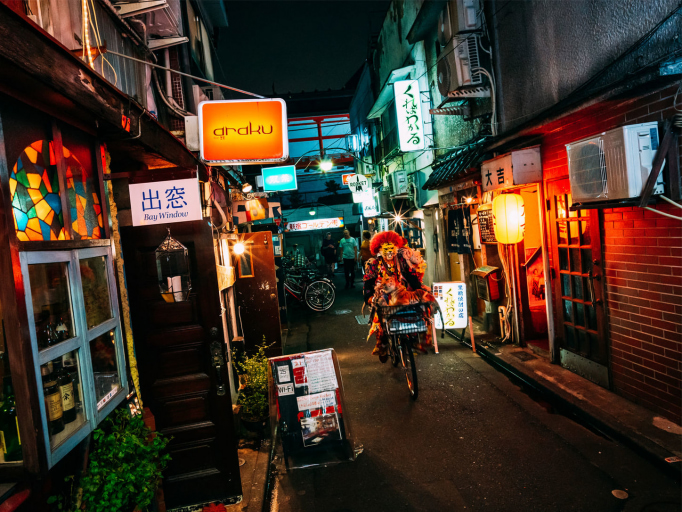
Where to Go
Tokyo is home to countless snack bars, each with its own unique flavor. Here are a few areas where you can find some of the best:
Ginza: Known for its high-end shopping and dining, Ginza also boasts some of Tokyo’s most storied snack bars. These bars tend to cater to an older, more affluent crowd. The atmosphere is often elegant and refined.
Shinjuku Golden Gai: A maze of narrow alleys packed with tiny bars, Golden Gai is a must-visit for anyone looking to experience Tokyo’s nightlife. While not all the bars here are snack bars, many fit the bill with their intimate settings.
Shimokitazawa: Shimokitazawa offers a more relaxed, artsy take on the snack bar. The bars here are often quirky.
What makes snack bars so enduring is their ability to create connections in a city as vast as Tokyo. In a snack bar, you’re not just another customer — you’re part of a small, temporary family. Whether you’re a regular or a first-time visitor, the warmth of these spaces offers a welcome escape from the fast pace of city life.
So, the next time you find yourself wandering Tokyo’s neon-lit streets, duck into a snack bar. You’ll leave with more than just a drink in your hand — you’ll carry a piece of Tokyo’s soul with you as well.

